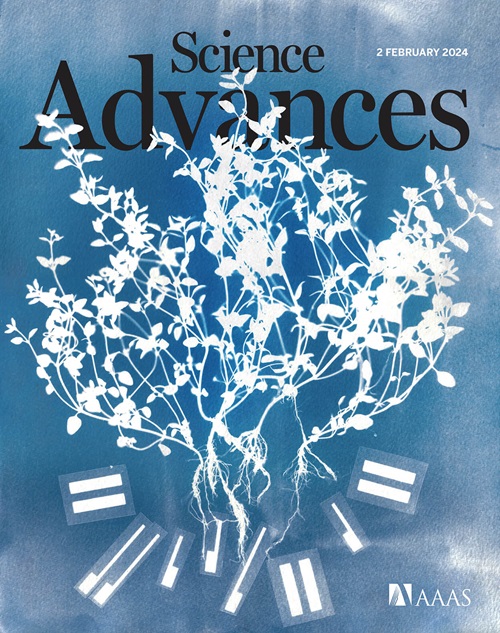On the analysis of metabolite quantitative trait loci: Impact of different data transformations and study designs
IF 11.7
1区 综合性期刊
Q1 MULTIDISCIPLINARY SCIENCES
引用次数: 0
Abstract
Metabolomic genome-wide association studies (mGWASs), or metabolomic quantitative trait locus (metQTL) analyses, are gaining growing attention. However, robust methods and analysis guidelines, vital to address the complexity of metabolomic data, remain to be established. Here, we use whole-genome sequencing and metabolomic data from two independent studies to compare different approaches. We adopted three popular data transformation methods for metabolite levels—(i) log10 transformation, (ii) rank inverse normal transformation, and (iii) a fully adjusted two-step procedure—and compared population-based versus family-based analysis approaches. For validation, we performed permutation-based testing, Huber regression, and independent replication analysis. Simulation studies were used to illustrate the observed differences between data transformations. We demonstrate the advantages and limitations of popular analytic strategies used in mGWASs where especially low-frequency variants in combination with a skewed metabolite measurement distribution can lead to potentially false-positive metQTL findings. We recommend the rank inverse normal transformation or robust test statistics such as in family-based association tests as reliable approaches for mGWASs.

求助全文
约1分钟内获得全文
求助全文
来源期刊

Science Advances
综合性期刊-综合性期刊
CiteScore
21.40
自引率
1.50%
发文量
1937
审稿时长
29 weeks
期刊介绍:
Science Advances, an open-access journal by AAAS, publishes impactful research in diverse scientific areas. It aims for fair, fast, and expert peer review, providing freely accessible research to readers. Led by distinguished scientists, the journal supports AAAS's mission by extending Science magazine's capacity to identify and promote significant advances. Evolving digital publishing technologies play a crucial role in advancing AAAS's global mission for science communication and benefitting humankind.
 求助内容:
求助内容: 应助结果提醒方式:
应助结果提醒方式:


